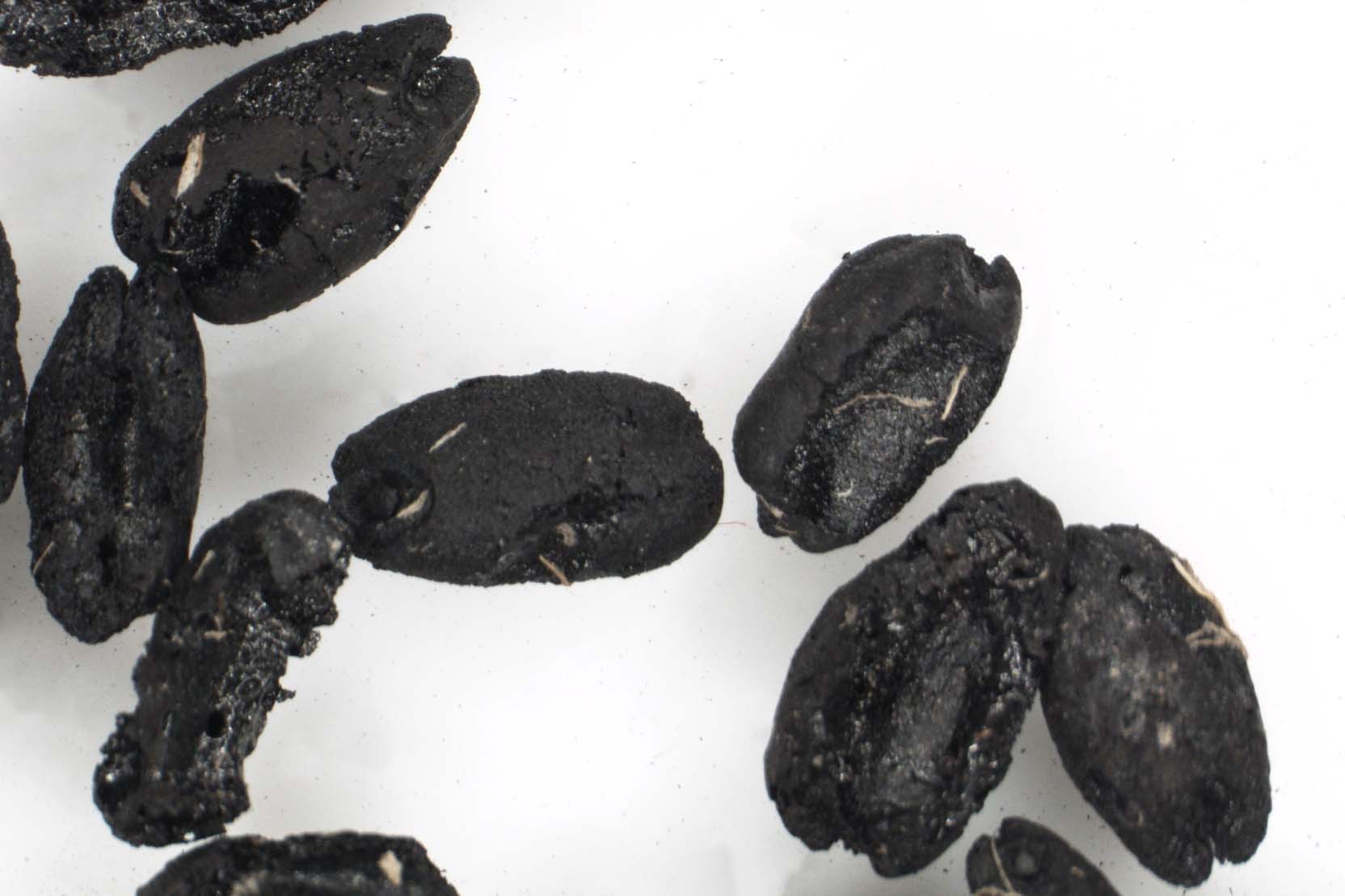Person responsible:
Lucas Proctor received his PhD in Anthropology from the University of Connecticut in 2021. His dissertation, entitled “Fueling socio-political complexity: Examining fuel use and fuel economies during the Chalcolithic and Iron Ages of Northern Mesopotamia” explored plant-based evidence for fuel use at the archaeological sites of Surezha, Tell Zeidan, and Ziyaret Tepe. As an environmental archaeologist and archaeobotanist, Lucas has worked on numerous projects throughout Turkey, Syria, Iraq, and the Caucasus. His research interests broadly center around exploring the dynamics of human-environment relationships and emerging socio-economic complexity through the study of agropastoral and fuel economies.
Methods applied:
 Archaeobotany is the study of past plant use using plant remnants preserved in the archaeological record. By combining the identification and morphological analysis of plants remains with archaeological understandings about the depositional history and context in which these remains were found, archaeobotanists can learn about a variety of different aspects of the past. This includes examining questions related to environmental conditions and vegetation change, human and animal diets, agropastoral production strategies, and the sustainability/risk reduction strategies employed by people in the past, among many other topics. In semi-arid and arid regions like Oman, archaeobotanists frequently encounter plant remains preserved via carbonization – usually as a result of their intentional or accidental exposure to fire. As charcoal is largely inert, it may survive in recognizable form over many thousands of years.
Archaeobotany is the study of past plant use using plant remnants preserved in the archaeological record. By combining the identification and morphological analysis of plants remains with archaeological understandings about the depositional history and context in which these remains were found, archaeobotanists can learn about a variety of different aspects of the past. This includes examining questions related to environmental conditions and vegetation change, human and animal diets, agropastoral production strategies, and the sustainability/risk reduction strategies employed by people in the past, among many other topics. In semi-arid and arid regions like Oman, archaeobotanists frequently encounter plant remains preserved via carbonization – usually as a result of their intentional or accidental exposure to fire. As charcoal is largely inert, it may survive in recognizable form over many thousands of years.
Two main categories of plant remains are typically preserved as charcoal: seeds and wood fragments. Non-woody plant tissue including stems, leaves, and parts of inflorescences, are occasionally preserved as well, but are less common due to their comparative fragility. Carpology, the study and identification of seeds based on their morphology, is widely employed by archaeobotanists as a means of studying past plant use. Archaeobotanists have developed a wide array of explanatory behavioral and palaeoecological models to interpret what the contribution of different plant remains say about human activity and the environment in the past. Similarly, the field of Anthracology is devoted to the identification and study of wood charcoal by examining patterns in the cellular structure of wood grain. By tracking changing proportions of wood types over time, anthracology can point to both natural and anthropogenically mediated changes in local and regional vegetation development. It is also valuable as a means of exploring various human behaviors, including metallurgical activities, domestic fuel burning, building and tool making.
As part of the UmWeltWandel project, we are undertaking archaeobotanical analyses of carbonized seeds and wood fragments recovered from sites in the study area. These materials are typically retrieved through the collection of large, bulk sediment samples from archaeological or natural deposits. These samples are processed in the field using water flotation: samples are submerged in water and agitated in order to release carbonized plant fragments (which usually float to the surface) to be collected for analysis. Upon return to the lab, these collections of carbonized materials are examined under both low and high magnification microscopy. The remains are sorted according to type, identified via comparison to various reference materials, and then counted. Various morphological characteristics observed during analysis, particularly within wood fragments, can also give us insight into the growing conditions and life history of plants, which is useful for understanding how they responded to environmental change and/or human management.
Archaeobotanical analyses can be especially effective means of exploring the environmental context of human behavior when studied alongside other environmental and paleoecological proxies. The information generated by these studies provide a complementary dataset with palynological and microbotanical analyses, allowing the UmWeltWandel project to generate a more holistic understanding of past vegetation and environmental conditions in Central Oman.